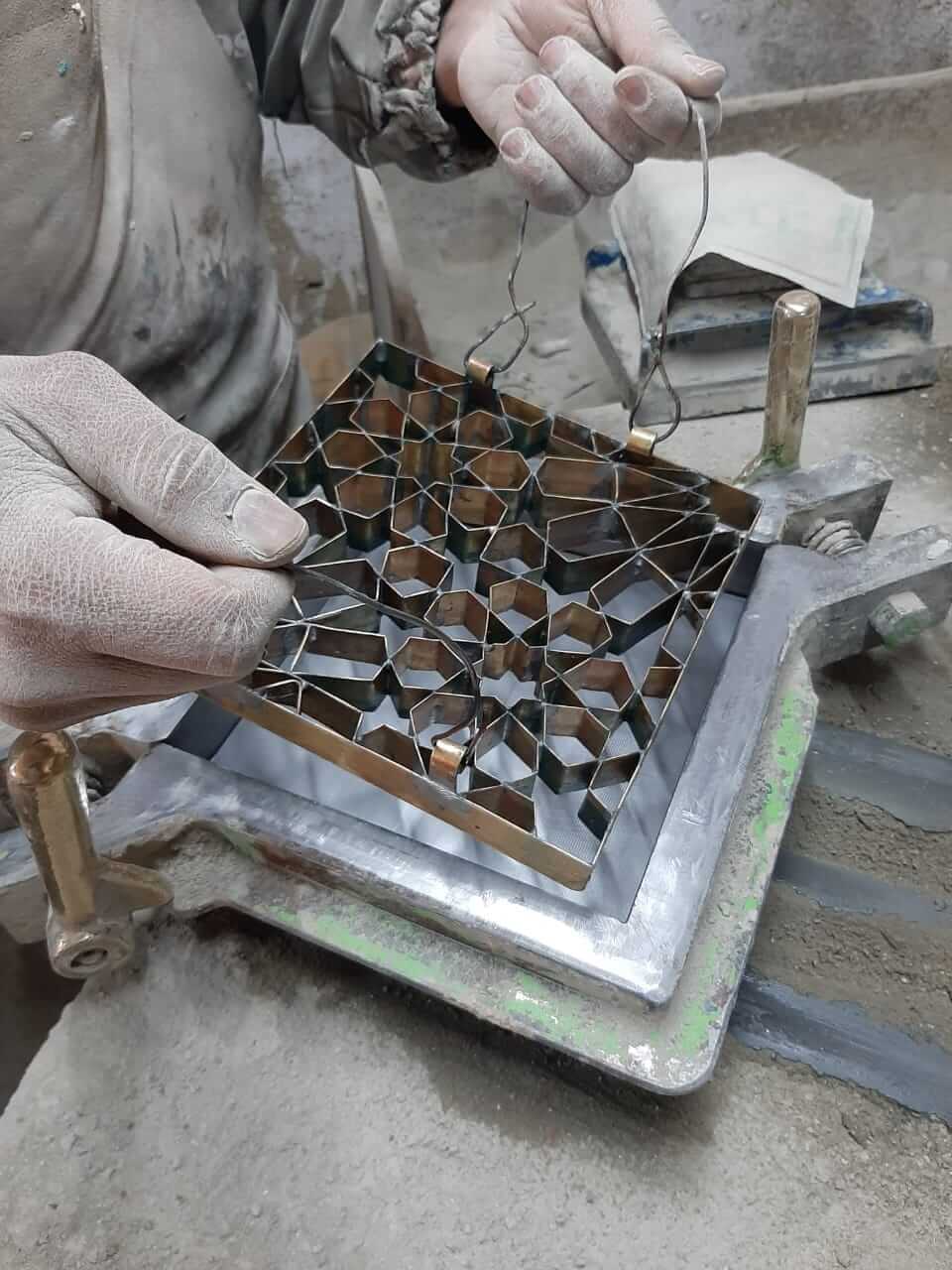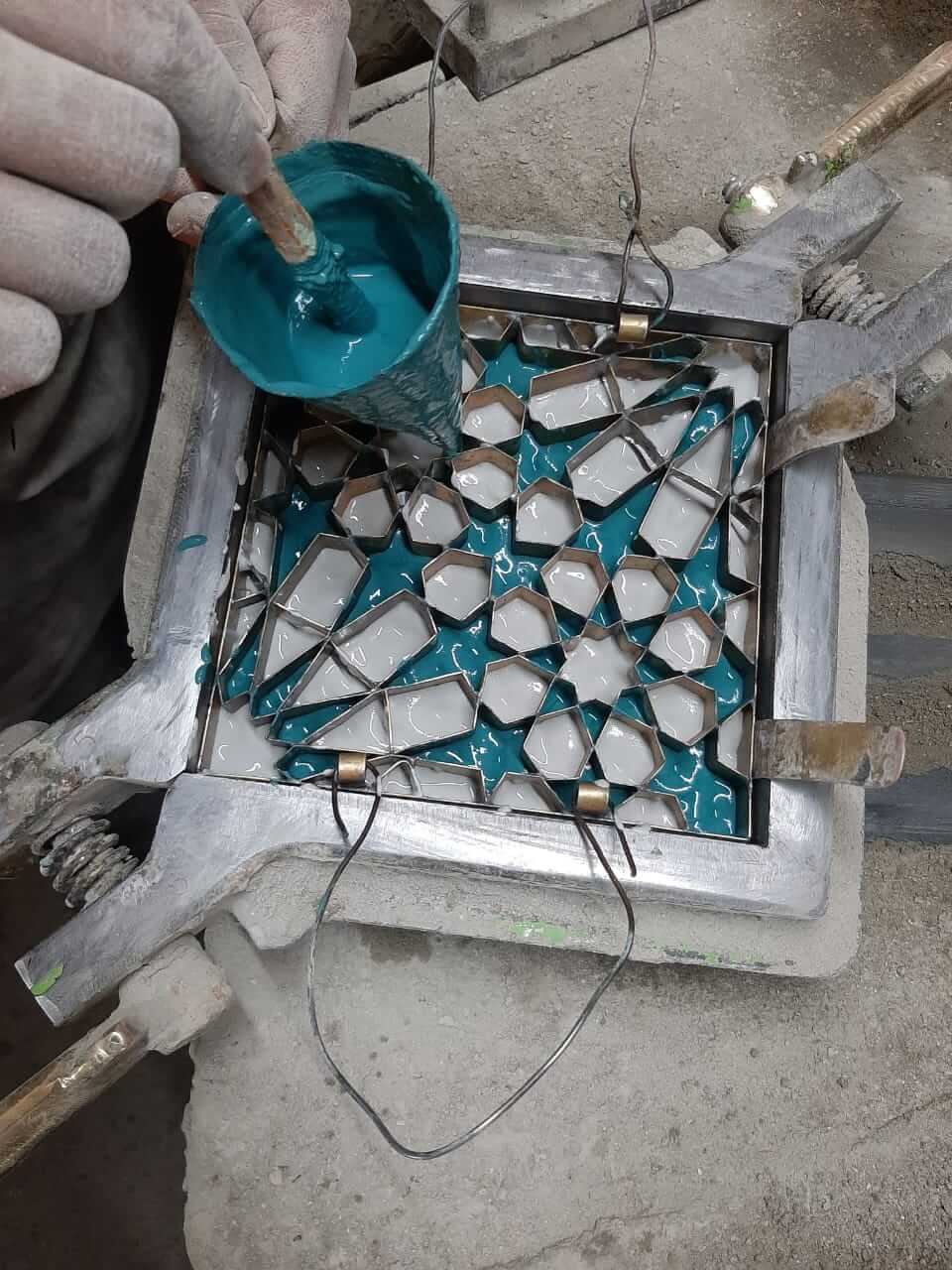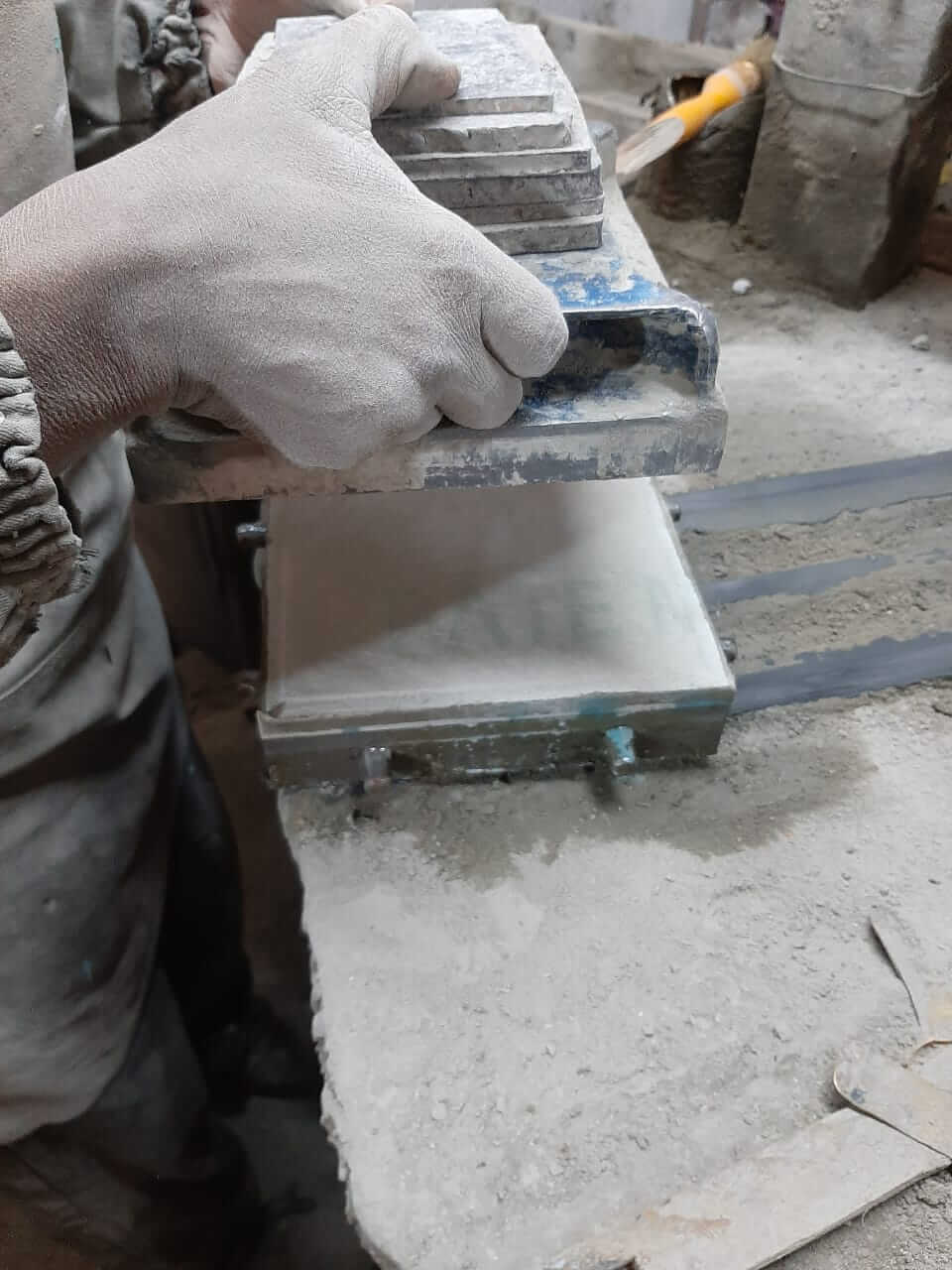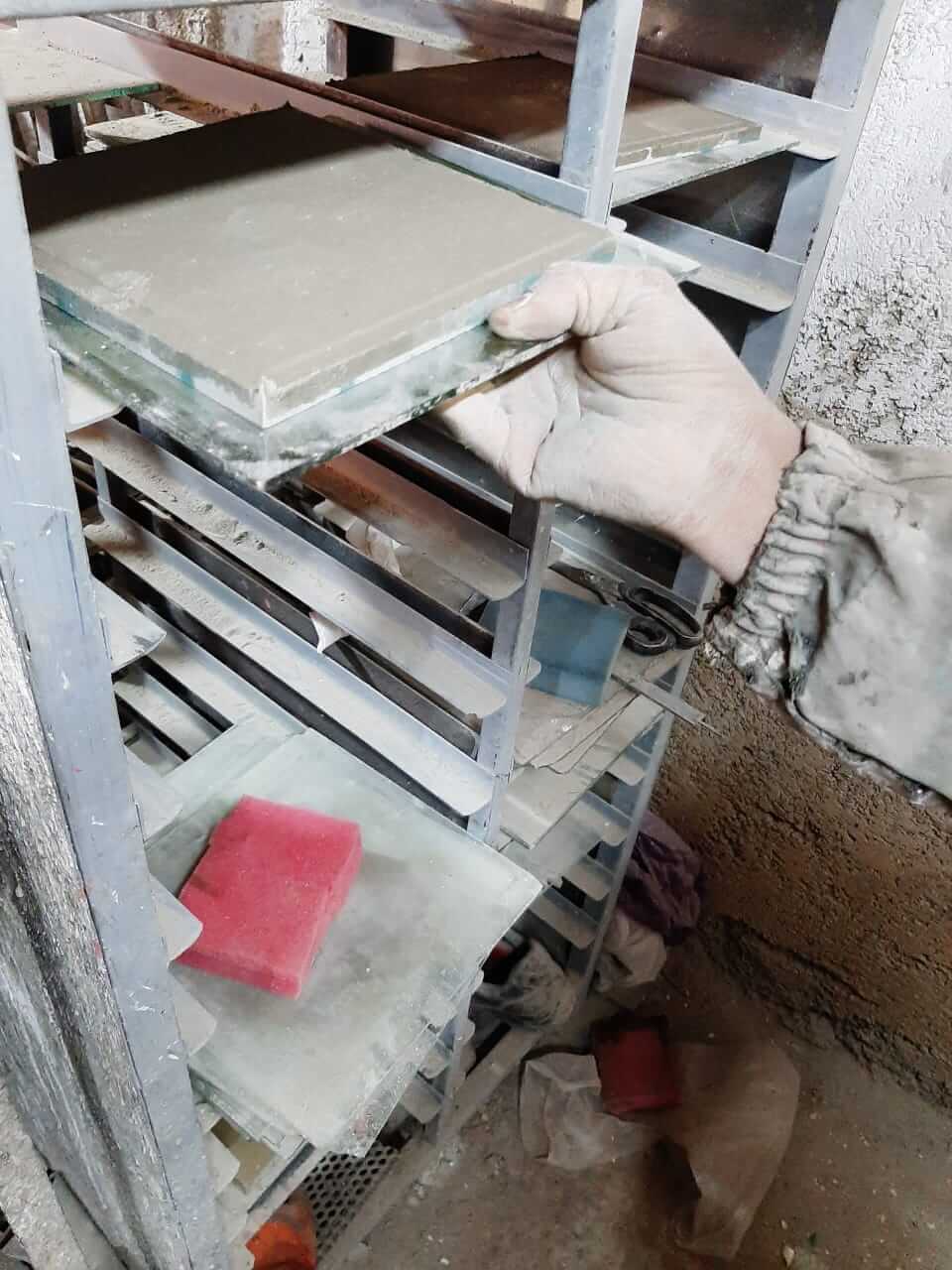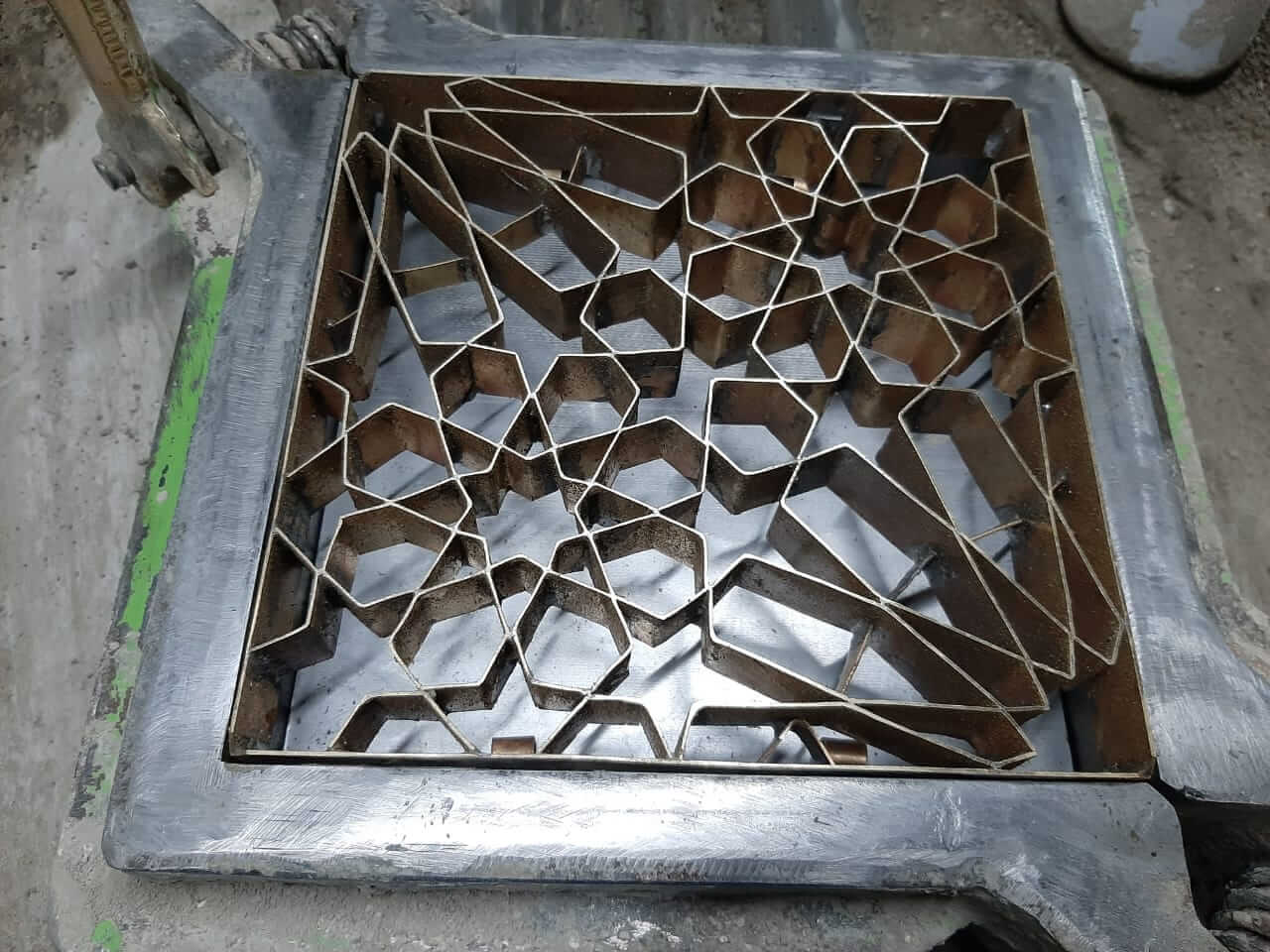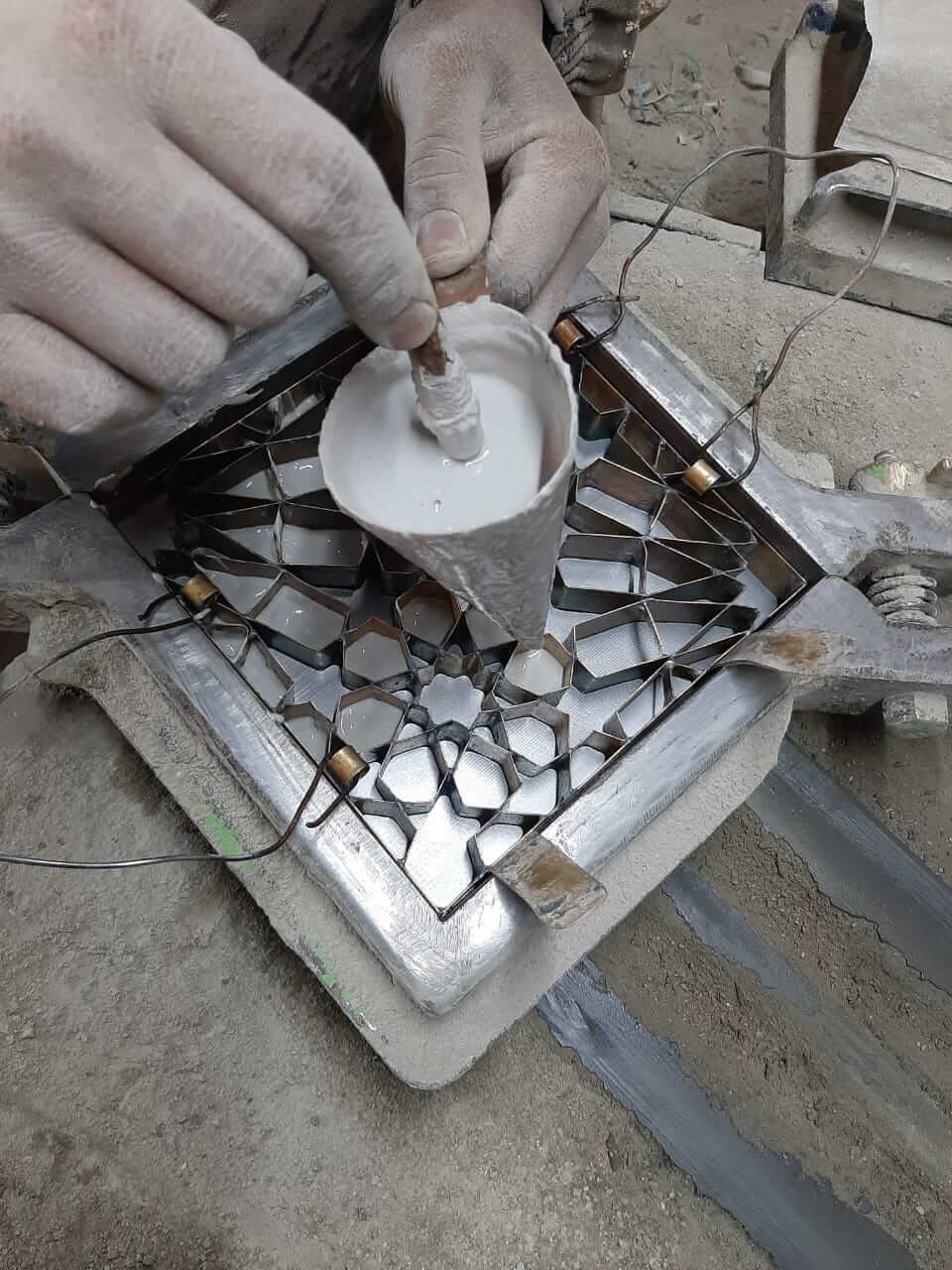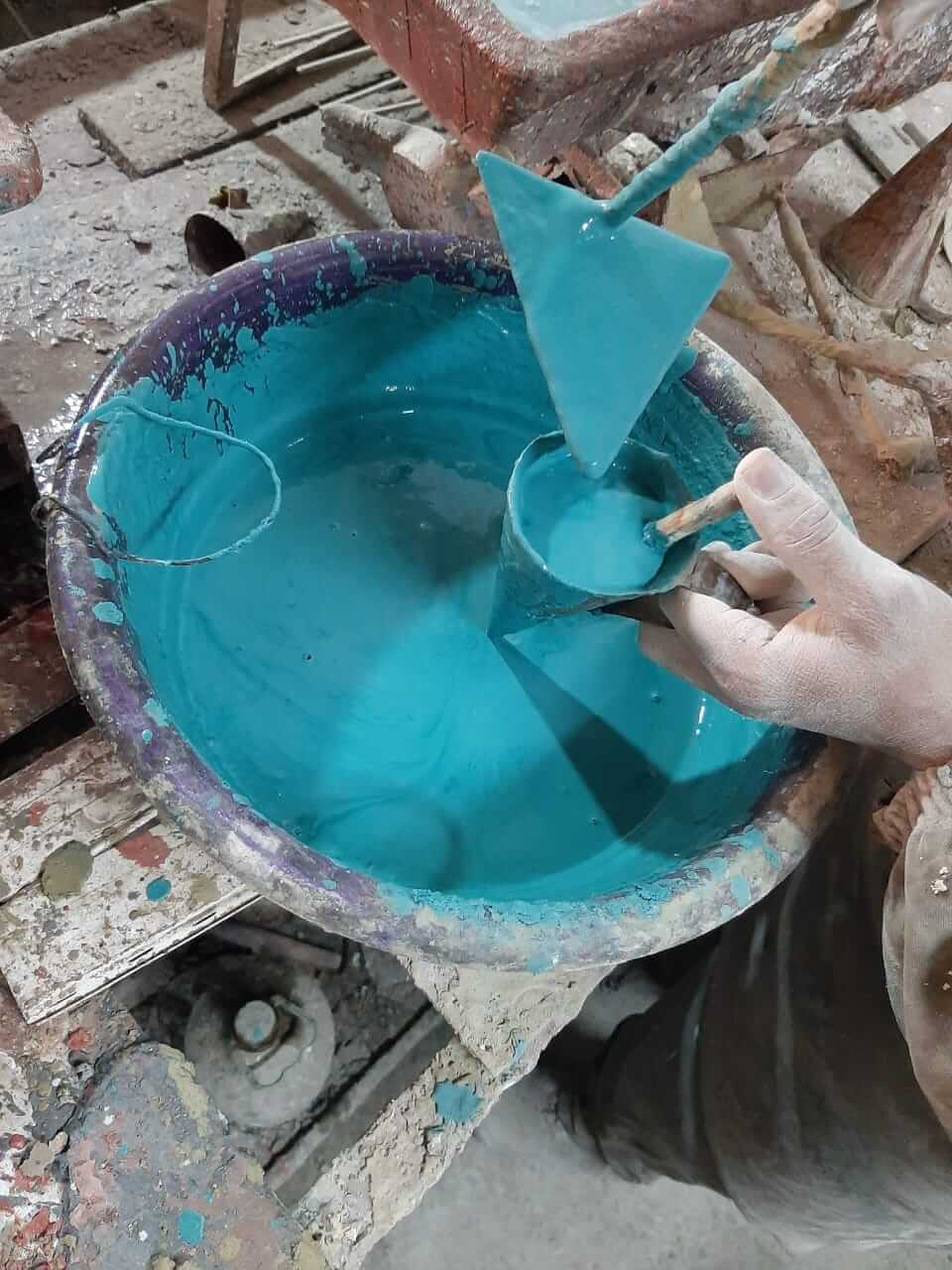Our Manufacturing Workshops
Our Manufacturing Workshops
The manufacturing process:
PIGMENTS:
Cement tiles come in all shapes, colors, sizes and patterns. The first layer (use layer) of cement tile is the one that contains the intricate patterns and bright colors that remain on display. In fact, the first step in the cement tile manufacturing process is the manufacture of pigments. This can be done by mixing high quality white Portland cement, marble powder, fine sand, with natural mineral color pigments. This mixing is extremely important when making cement tile, so it requires experienced craftsmen to make sure it is done right. In fact, all the steps of making cement tiles require the best and most experienced craftsmen, which is good news because it means that no children or teenagers can be put to work during this process.
THE MOULD:
Cement tile molds are handcrafted by highly skilled artisans who have been working in this field for years. The molds are made of metal pieces that are bent and shaped into the desired pattern. The metal pieces are then arranged inside a rectangular or hexagonal mold in complex designs. Each tile shop will then have a library of molds available to customers. Since the molds are singular, the cement tiles are made one at a time.
POUR:
The next step in the cement tile making process is to pour everything into the mold, which is a completely hand-cast process. Artisans begin by mixing the pigment with water to create a paste-like consistency, which is then poured into the bottom of the mold (each color poured according to its location in the pattern). The thickness of the pigment layer will be approximately 3 to 5 millimeters. After that, the mold is removed and two layers of sand and cement are poured and smoothed over the pigments. These layers are what gives the cement tiles their strength. Finally, everything is placed in a hydraulic press and is pressed together at 1700 PSI to bind the components together.
FINITION:
At this point, the tiles are almost finished. The next day, they will be soaked in water to ensure that they are saturated with water and to achieve maximum hardness. This step also ensures that the cement tiles are properly hydrated. Next, the tiles must be left to dry, which usually takes about 10 days after the water bath. When the tiles are all dry, they will be inspected by hand by experts to make sure that there are no cracks or other imperfections. Finally, the cement tiles are ready to be shipped and used.
MODES:
Cement tiles are available in all kinds of patterns, colors and styles. They can be the perfect finish you need to complete your interior design. These tiles, depending on their colors and patterns, can give off so many different moods, depending on your preferences (retro, hippie, classic, Mediterranean, etc.)
Entrust us with your decoration projects
Contact us to receive our best services and offers.

